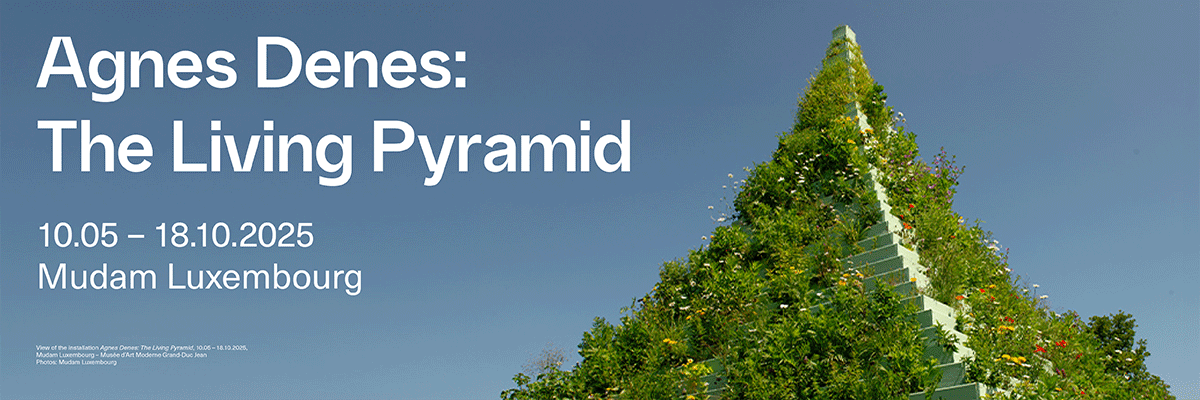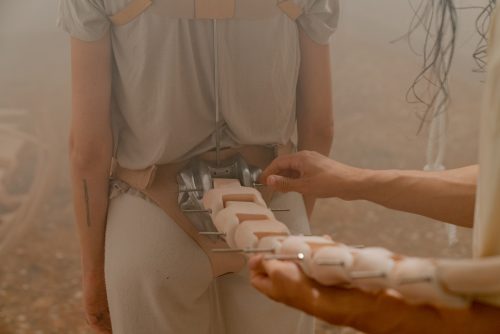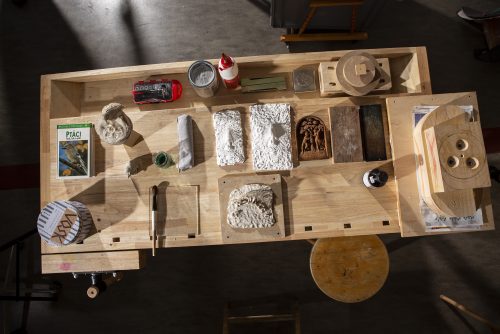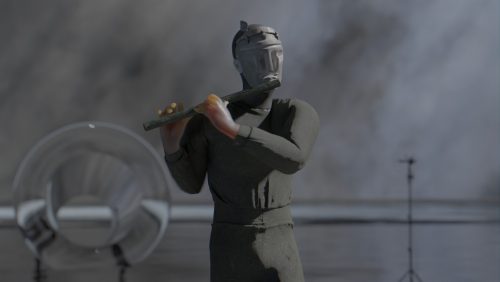
Romain Blanck
Casting
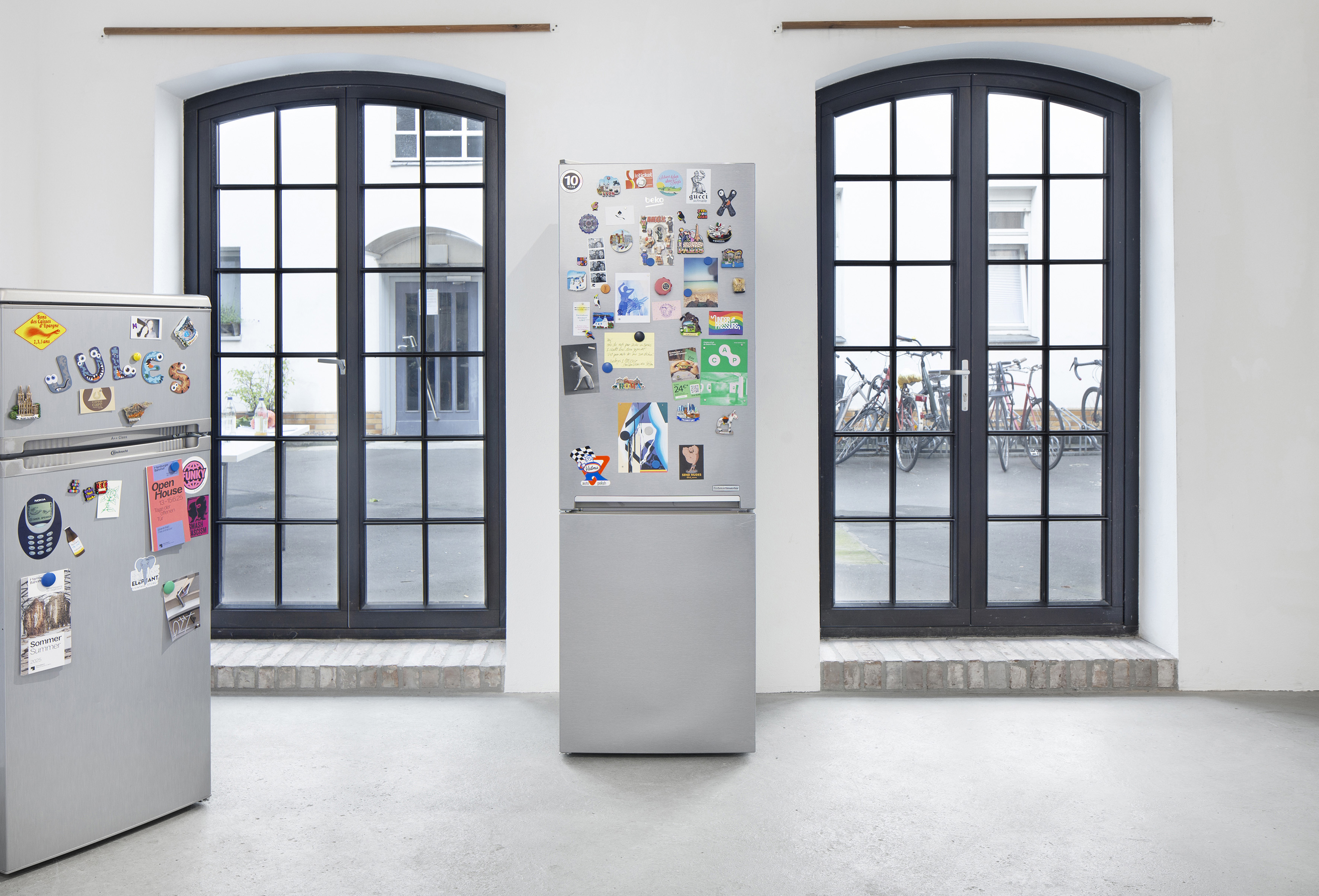
Exhibition view : Casting, Romain Blanck at Microkunsthalle Berlin, 2025 (Photo : Eric Mueller)
Advertisement
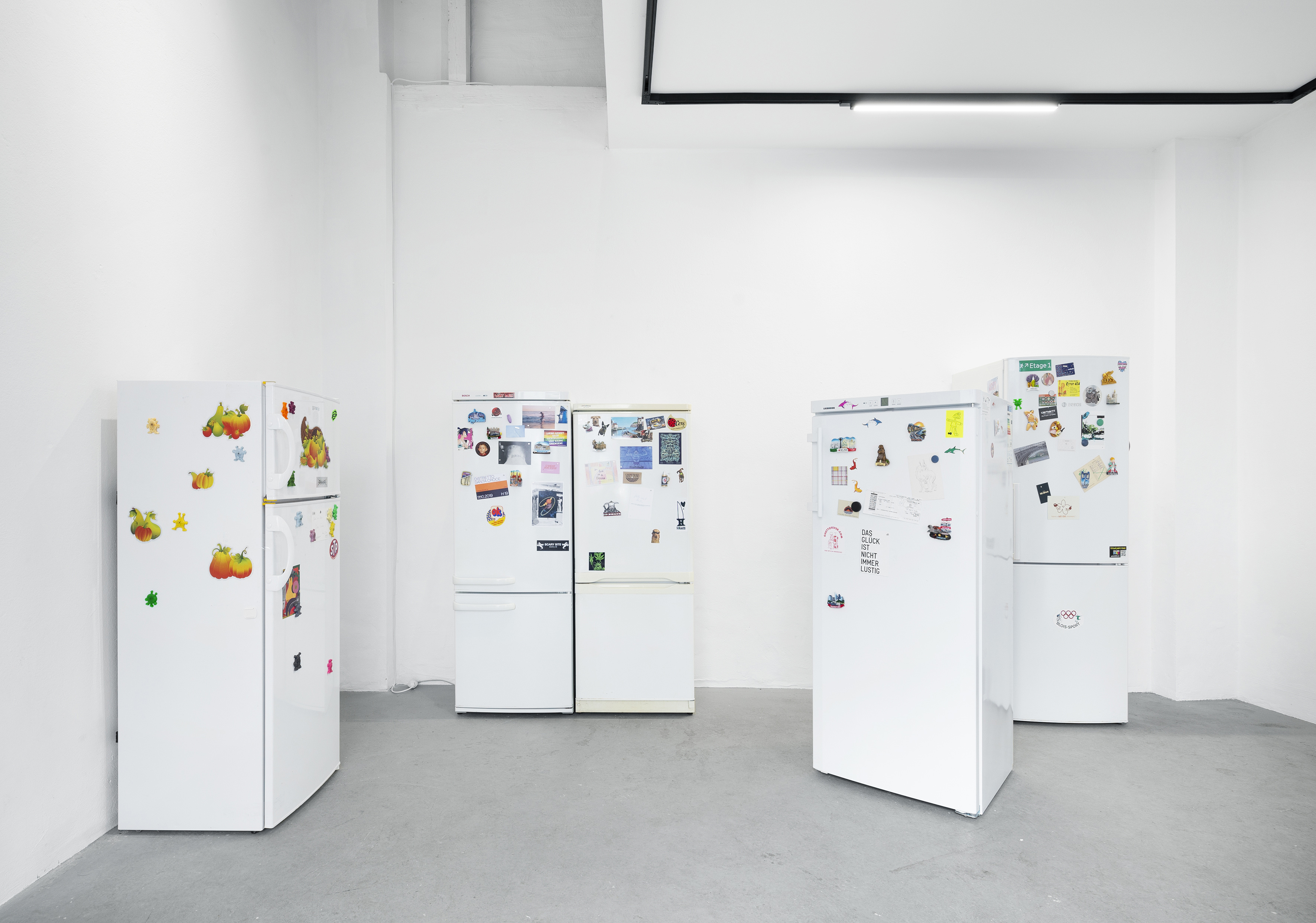
Exhibition view : Casting, Romain Blanck at Microkunsthalle Berlin, 2025 (Photo : Eric Mueller)
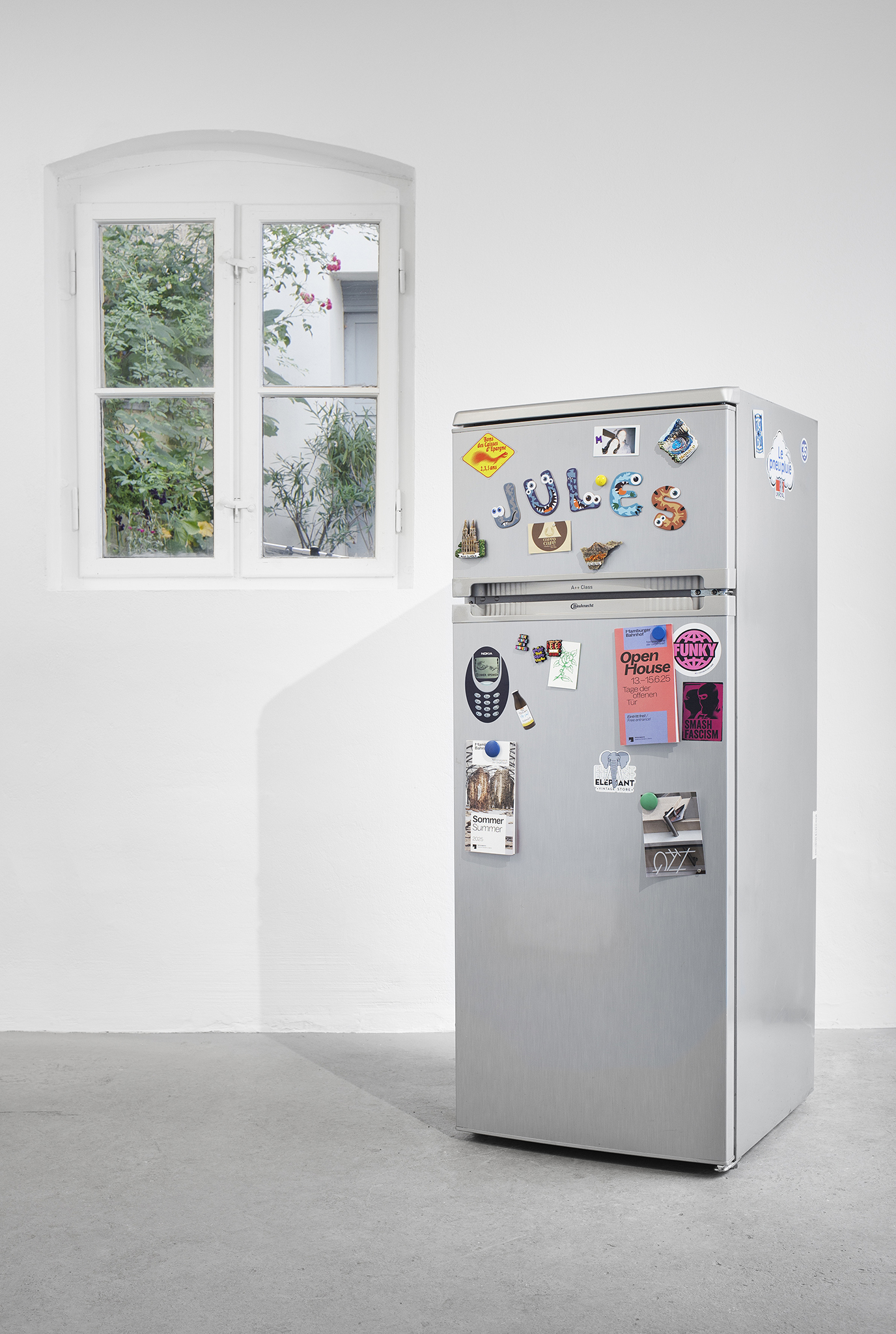
Exhibition view : Casting, Romain Blanck at Microkunsthalle Berlin, 2025 (Photo : Eric Mueller)
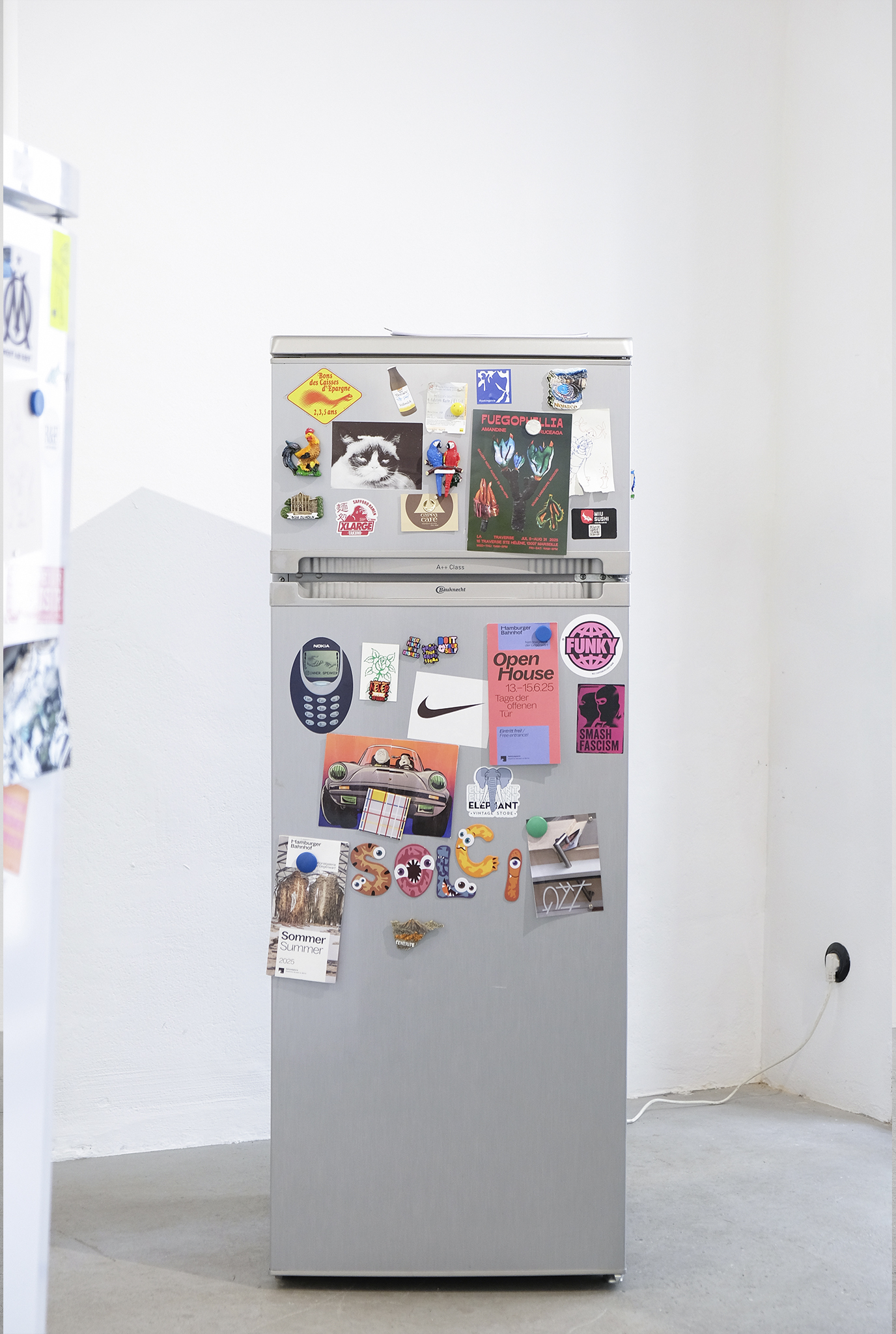
Exhibition view : Casting, Romain Blanck at Microkunsthalle Berlin, 2025
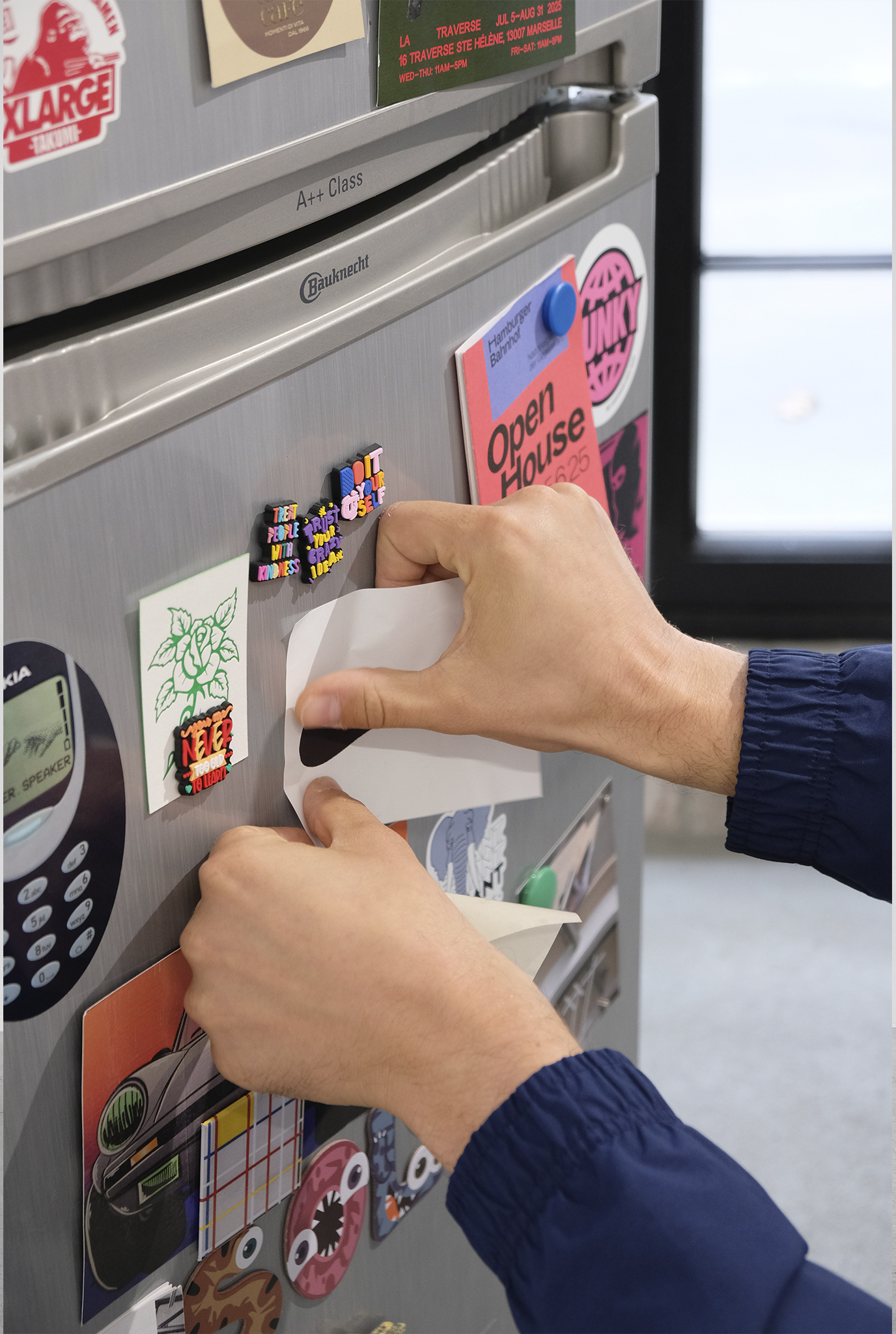
Detail : Casting, Romain Blanck at Microkunsthalle Berlin, 2025
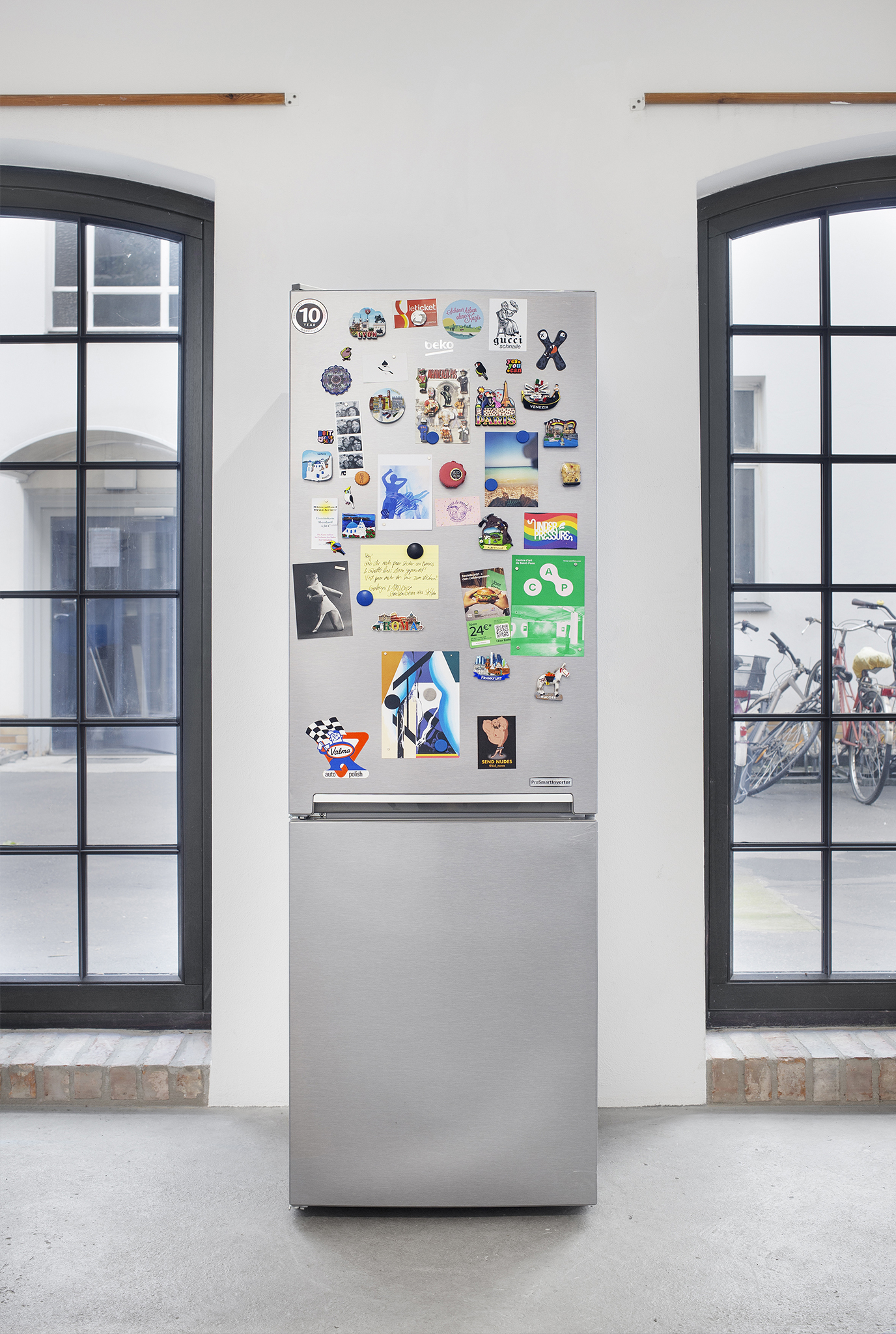
Exhibition view : Casting, Romain Blanck at Microkunsthalle Berlin, 2025 (Photo : Eric Mueller)
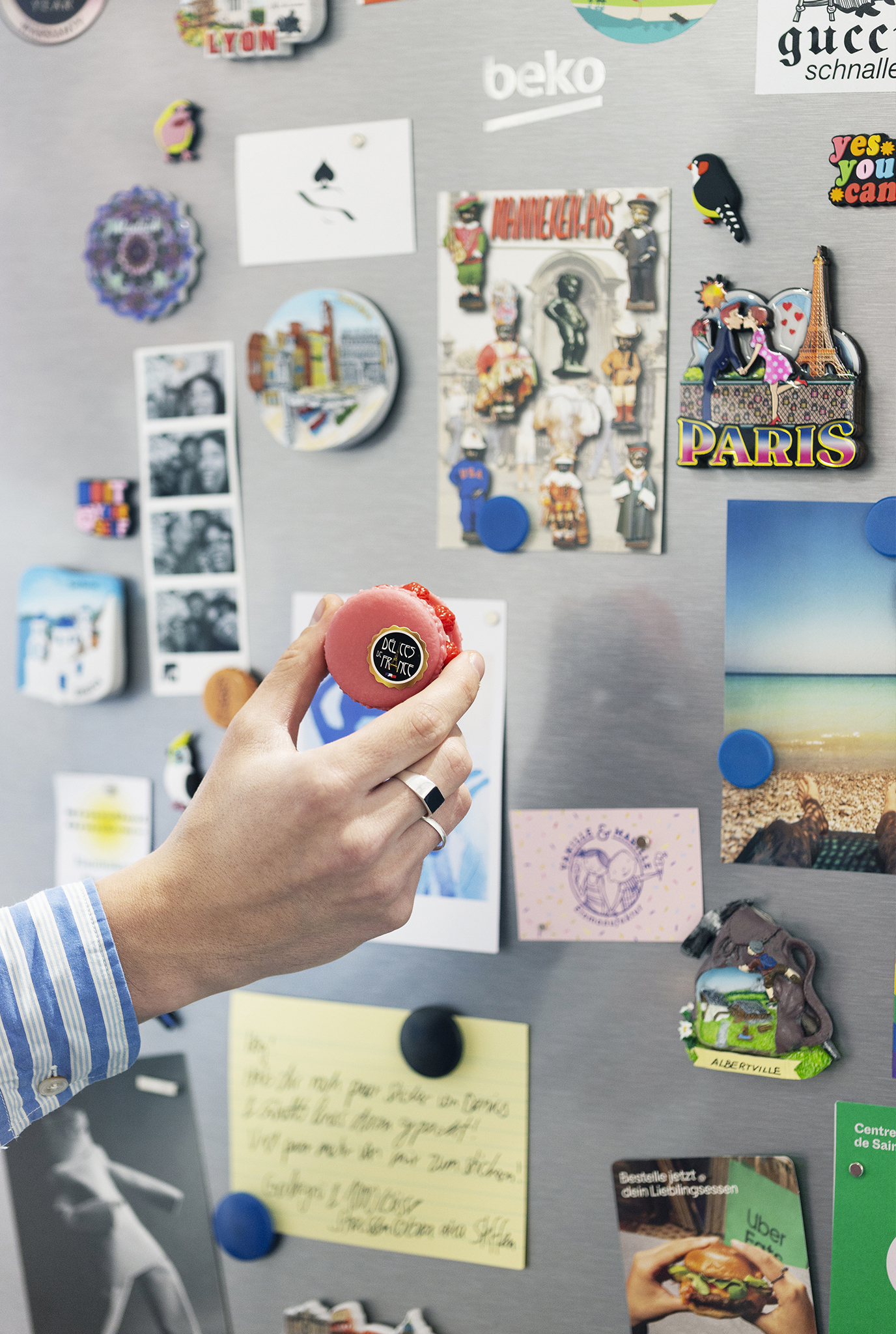
Detail : Casting, Romain Blanck at Microkunsthalle Berlin, 2025 (Photo : Eric Mueller)
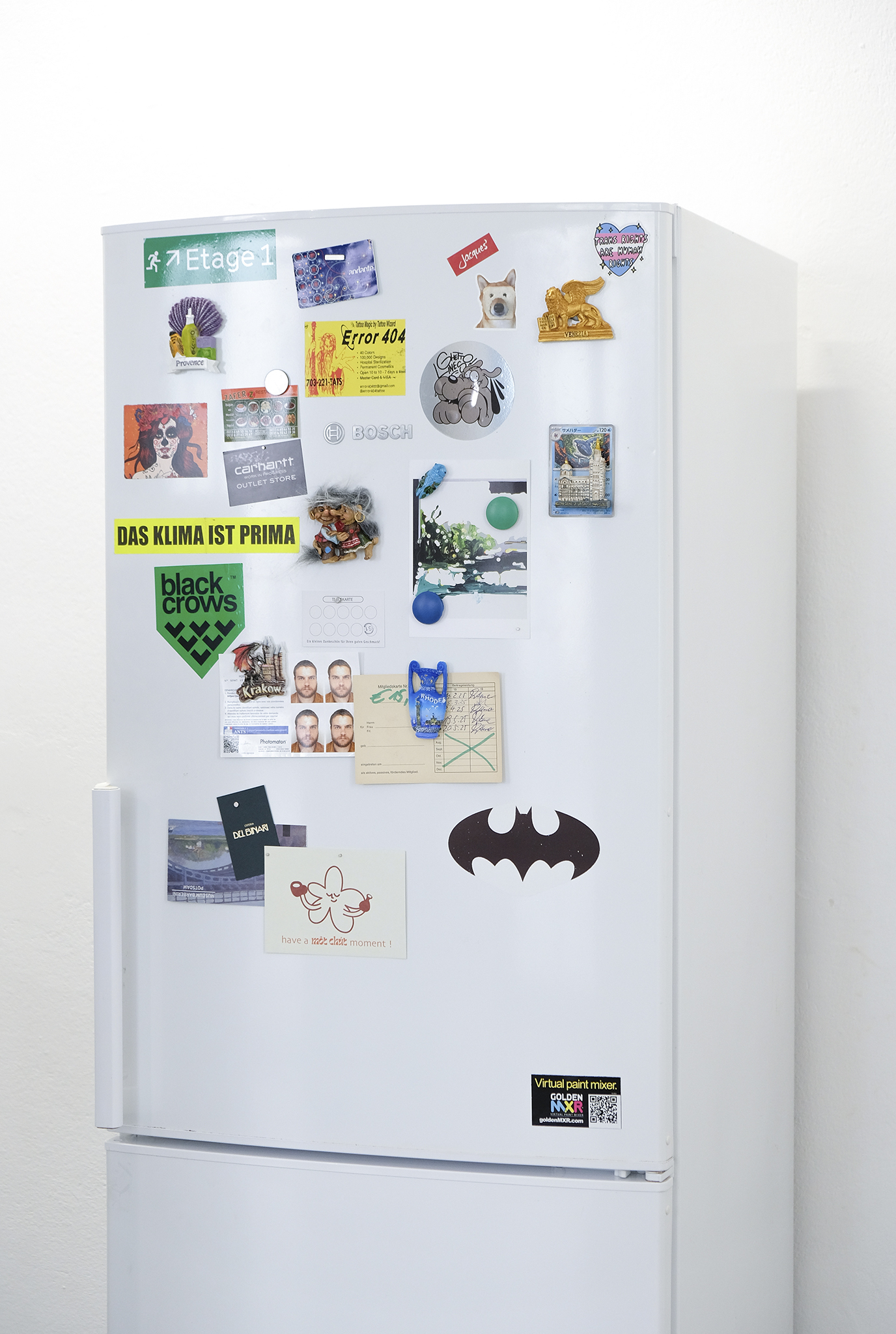
Detail : Casting, Romain Blanck at Microkunsthalle Berlin, 2025
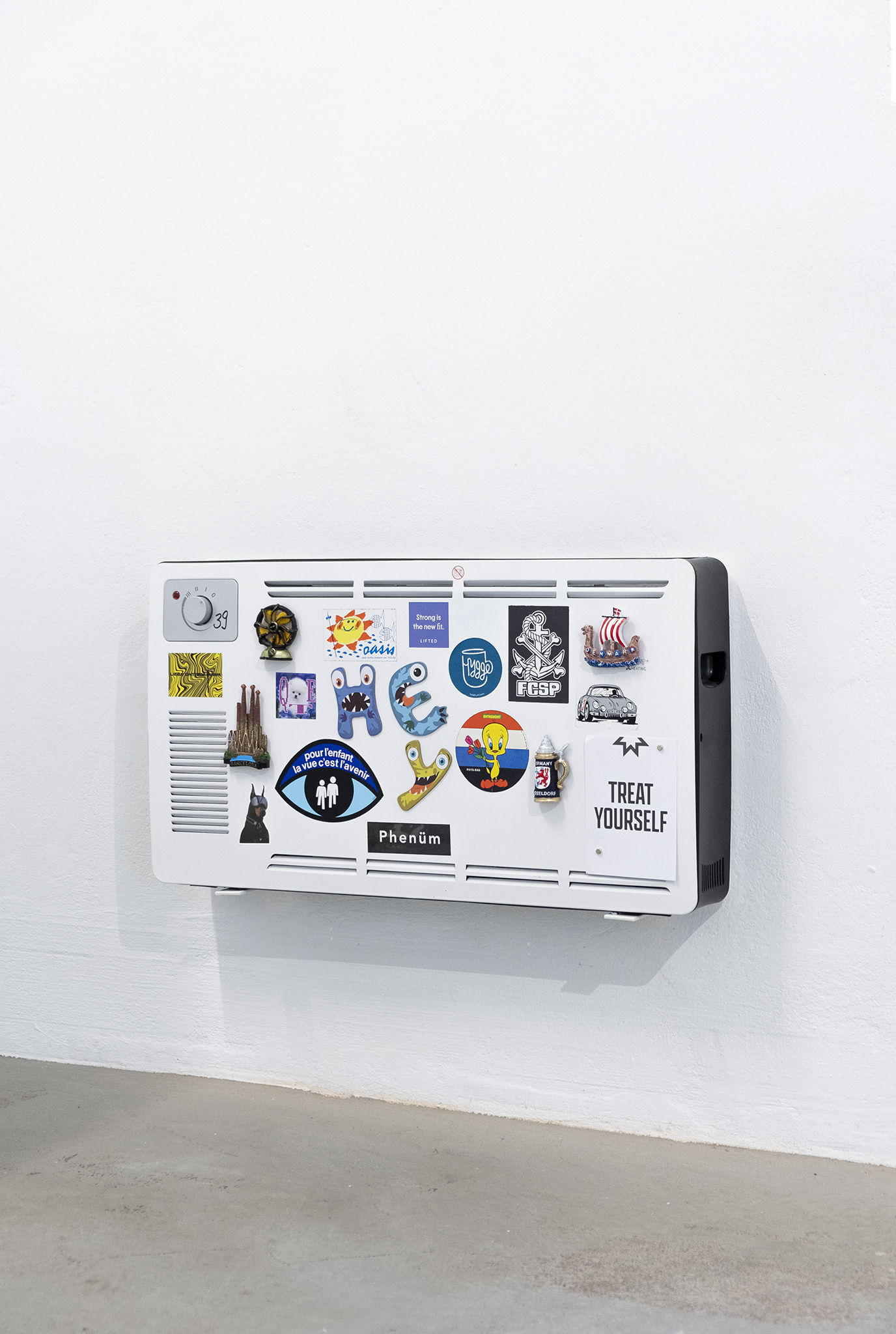
Exhibition view : Casting, Romain Blanck at Microkunsthalle Berlin, 2025
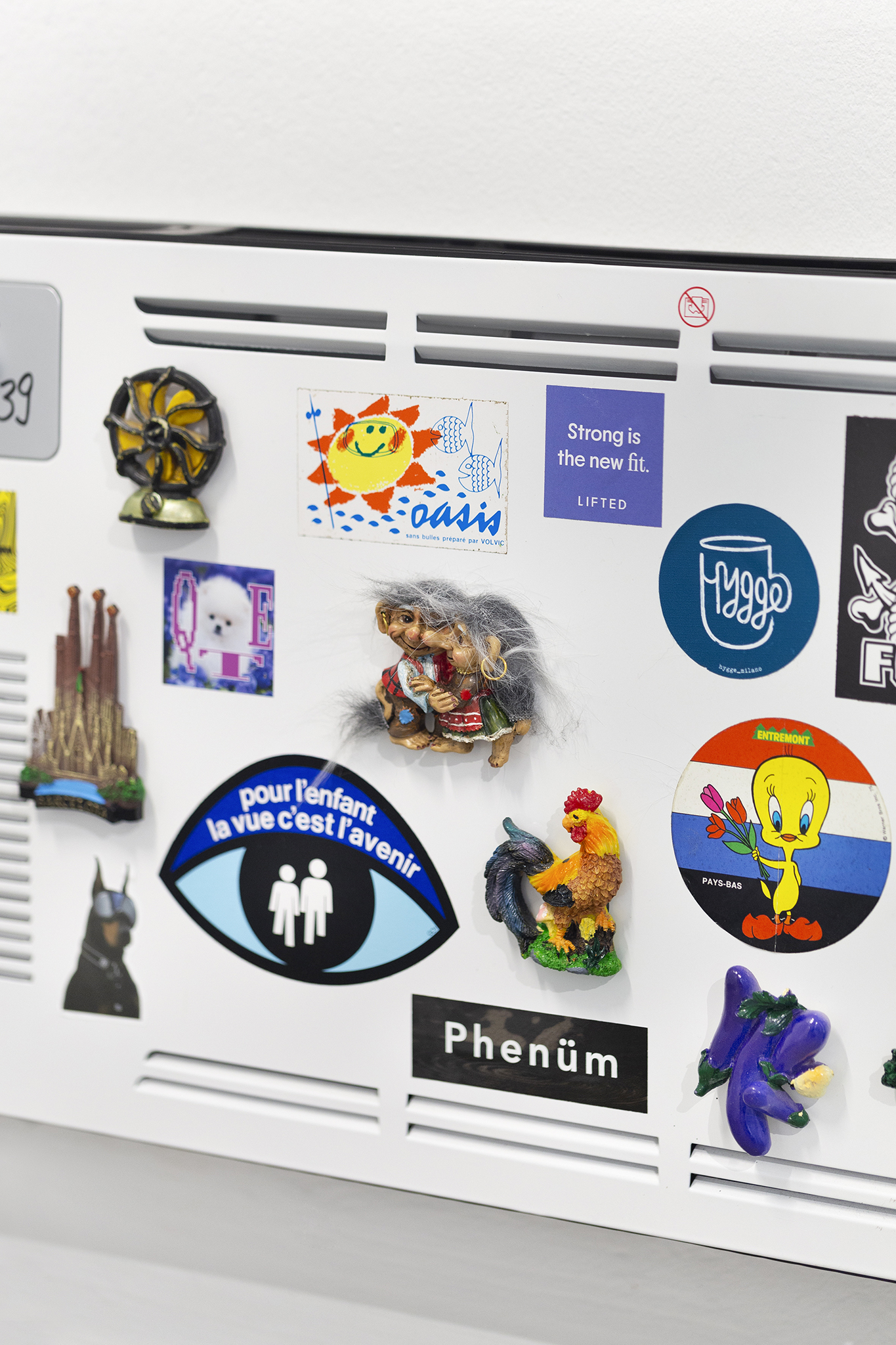
Detail : Casting, Romain Blanck at Microkunsthalle Berlin, 2025 (Photo : Eric Mueller)
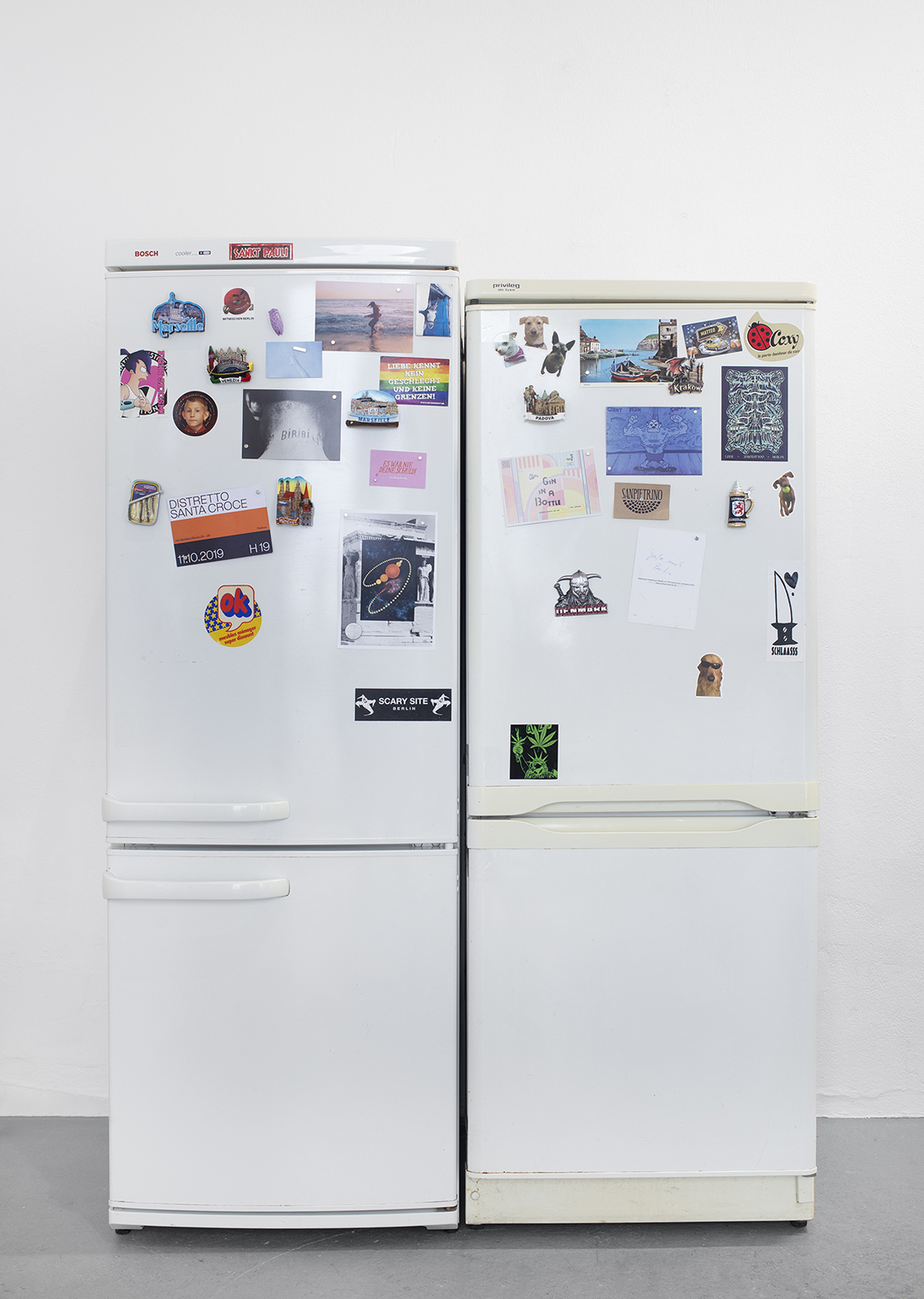
Exhibition view : Casting, Romain Blanck at Microkunsthalle Berlin, 2025 (Photo : Eric Mueller)
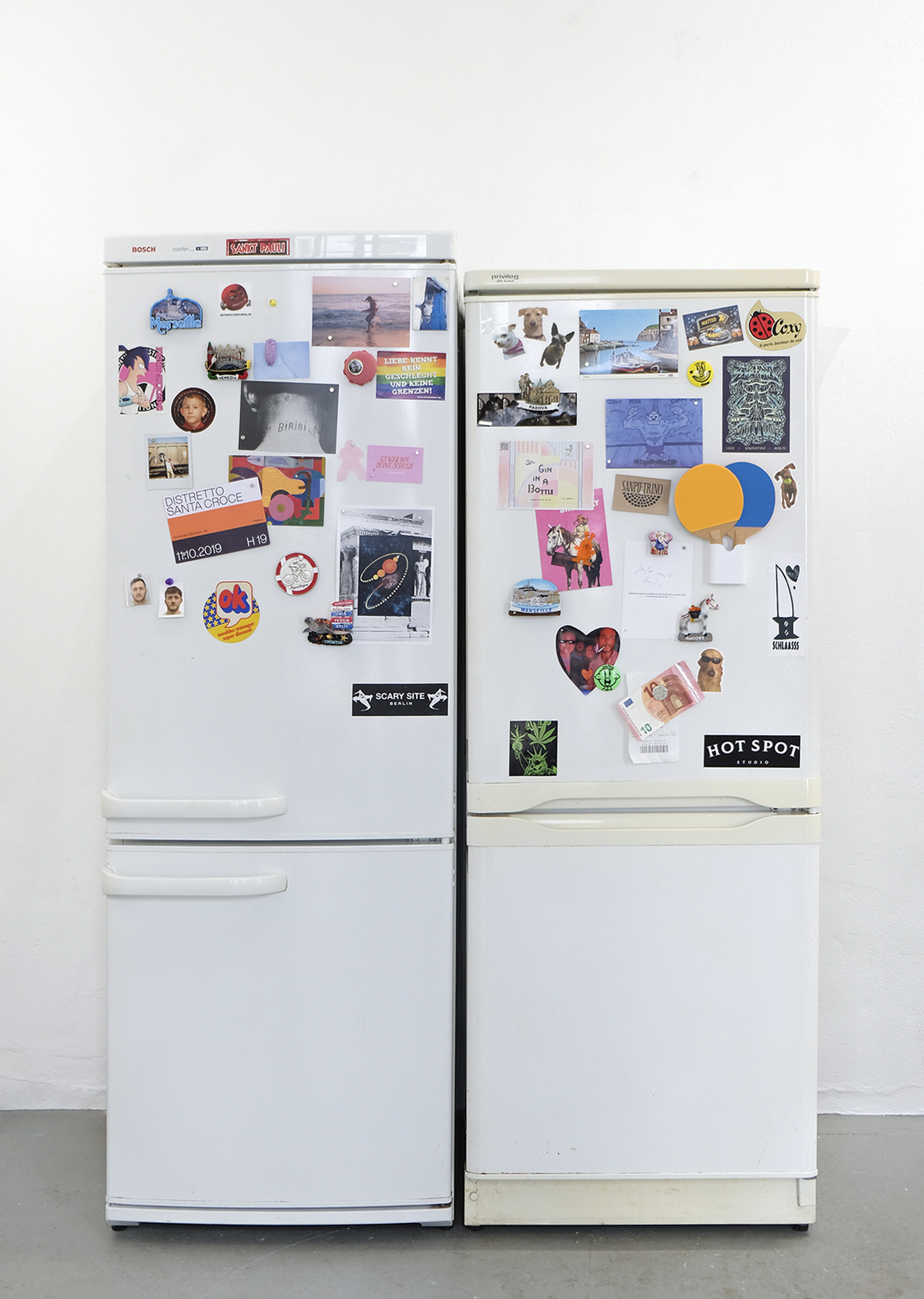
Exhibition view : Casting, Romain Blanck at Microkunsthalle Berlin, 2025
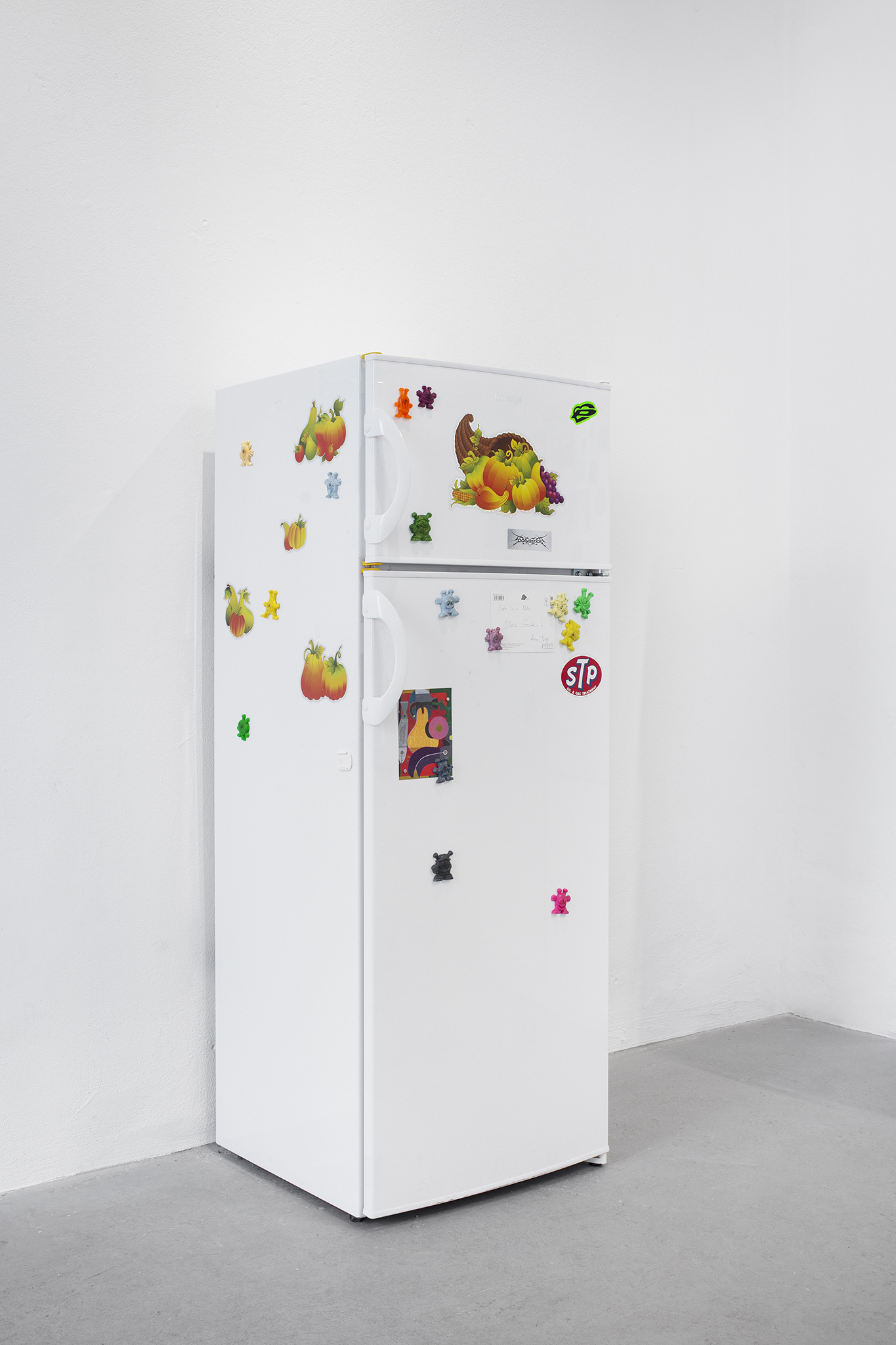
Exhibition view : Casting, Romain Blanck at Microkunsthalle Berlin, 2025 (Photo : Eric Mueller)
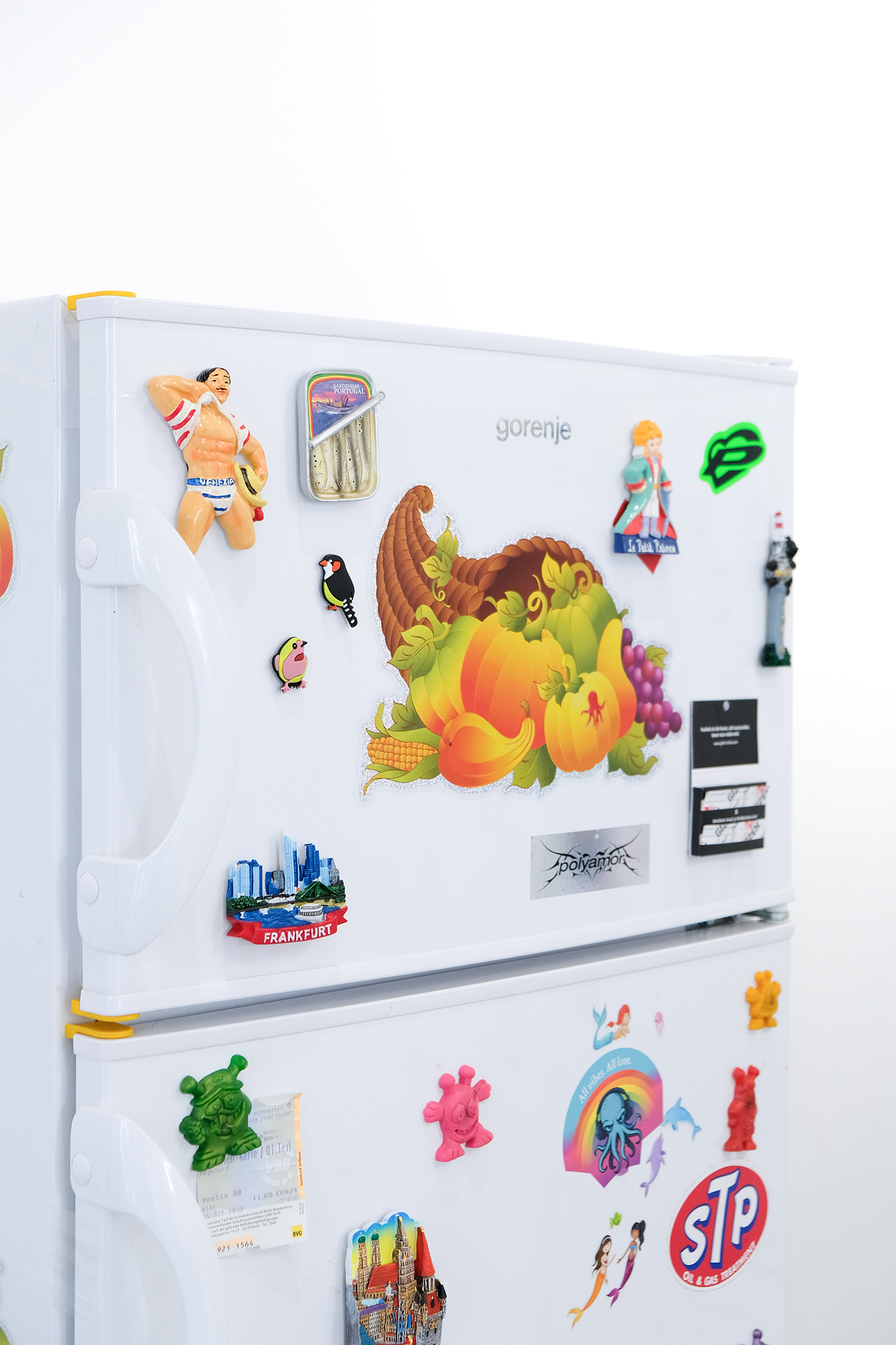
Detail : Casting, Romain Blanck at Microkunsthalle Berlin, 2025
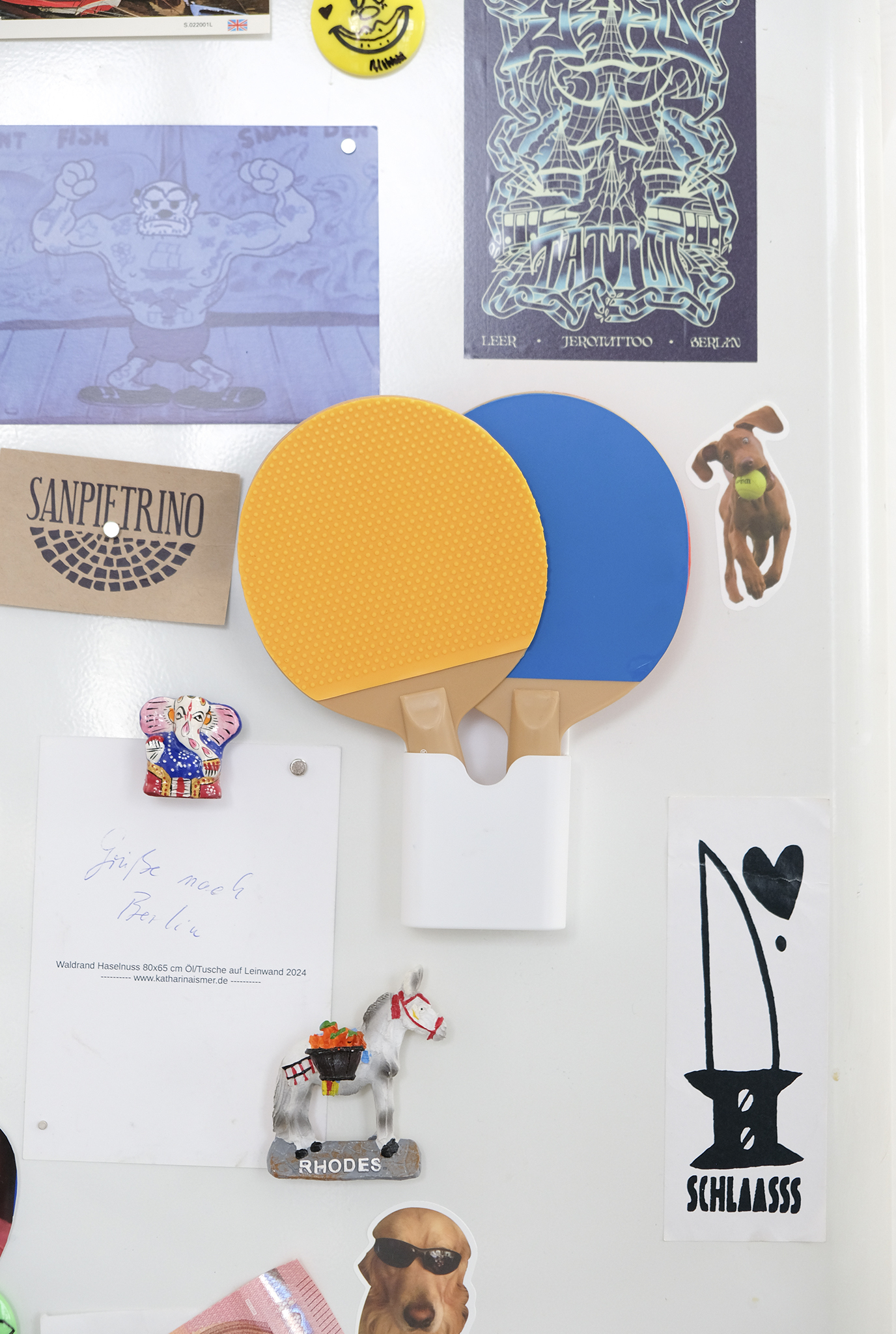
Detail : Casting, Romain Blanck at Microkunsthalle Berlin, 2025
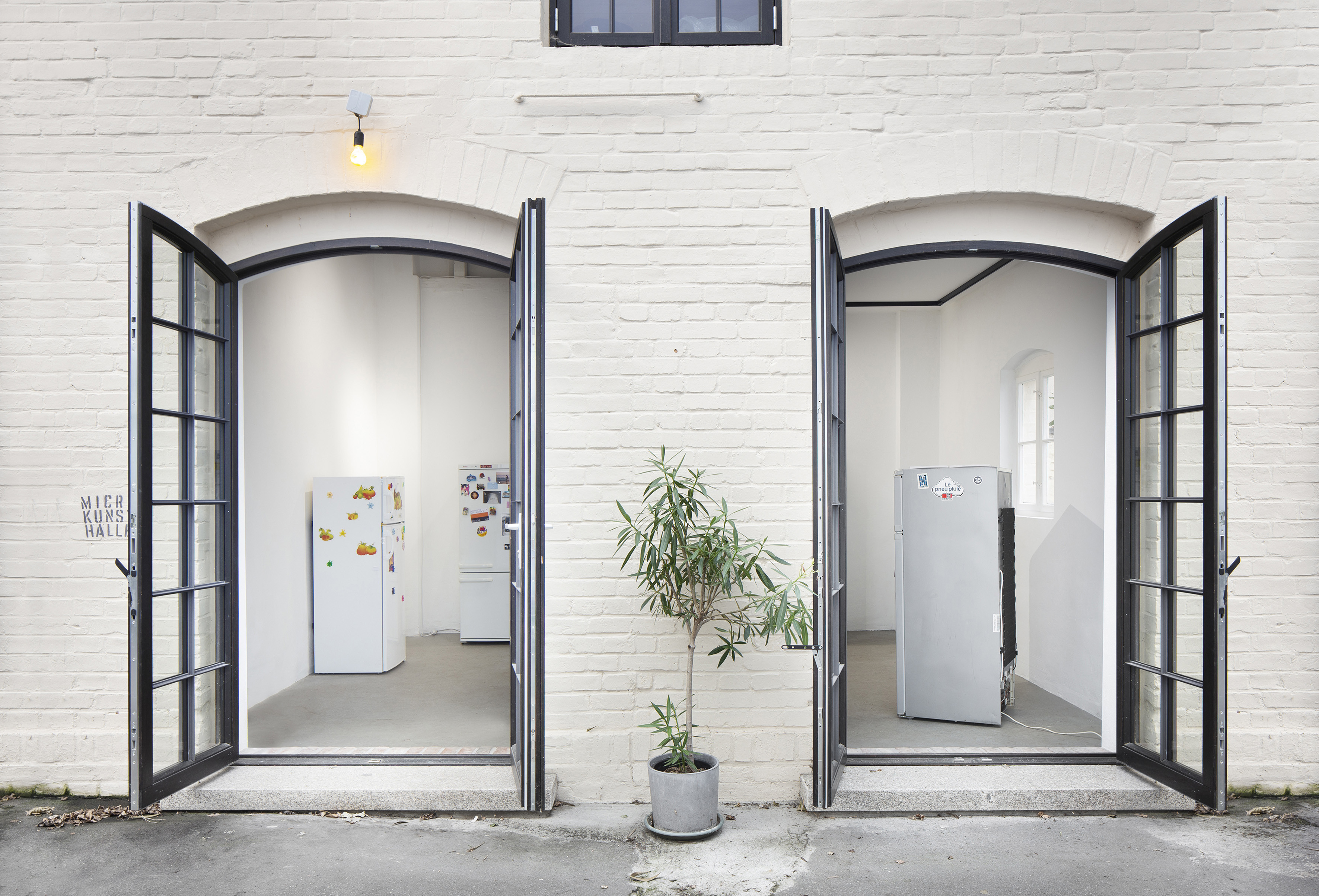
Exhibition view : Casting, Romain Blanck at Microkunsthalle Berlin, 2025 (Photo : Eric Mueller)
Romain Blanck (*1995 in Düsseldorf, lives and works in Berlin) studied at the École Nationale Supérieure des Beaux-Arts in Lyon. His work revolves around the transformation of everyday gestures and traces into artistic language. Series such as Ansichtsexemplar translate casual markings, accidental traces, and seemingly casual gestures into paintings that oscillate between improvised spontaneity and a carefully composed process. His practice consistently moves within the tension between control and chance, between calculated composition and the echo of the everyday.
With the exhibition Casting, Blanck expands this exploration into space. Refrigerators and radiators form the basis of an installation that turns everyday objects into carriers of stories. In many households, refrigerators are already more than mere appliances: they serve as surfaces for memories, postcards, photos, magnets, or notes. Radiators—elevated by Blanck to the status of images—frame the space and open it up for a process of tracing.
The installation begins with a “casting”: refrigerators are selected, gathered, brought into the exhibition space, and thereby become part of a narrative themselves. As protagonists, these objects bear the marks of the ordinary, imprinted by other people. What clings to them—magnets, stickers, notes—is not mere decoration but a sedimented archive of experiences, travels, and departures from the everyday. They are tokens that highlight the extraordinary within the banal. Blanck himself is not a collector in the classic sense; appropriating these objects requires effort, as the traces of others seem to adhere almost physically. This is precisely where the strength of the installation lies: in the confrontation with the foreign that feels at once familiar.
As in his paintings, Blanck also stages here the tension between chance and creation. The assembled objects come together in an open process, in which order and layering are not dictated by the artist but shaped by socially established rules. Memories are added, rarely removed—they overlap, intersect, and form snapshots that are always provisional.
Central to Casting is the invitation extended to the audience: visitors are encouraged to bring and attach their own magnets, postcards, photos, or small keepsakes, and even to move those already present. This intervention in the installation is built on trust—that people will act as they would in a family setting or a shared flat: respectfully, improvising, coexisting quietly with the traces of others. The collective “furnishing” of the space transforms the exhibition into a social score.
In this way, Blanck becomes composer, conductor, and musician at once: he gathers the tones, assembles the fragments brings them together, plays with them, and lets an ensemble emerge in which the audience actively participates. Yet his intervention remains minimal—his score is open, his direction understated. Casting demonstrates how everyday objects can become a collective memory, constantly reordering, shifting, and overwriting itself.
Thomas Keller
